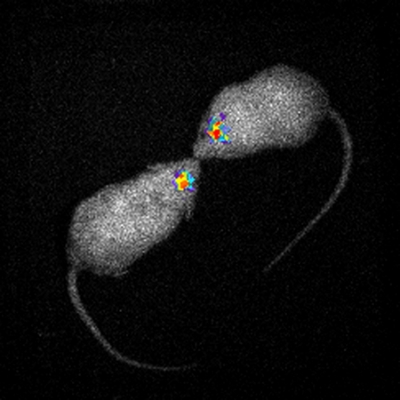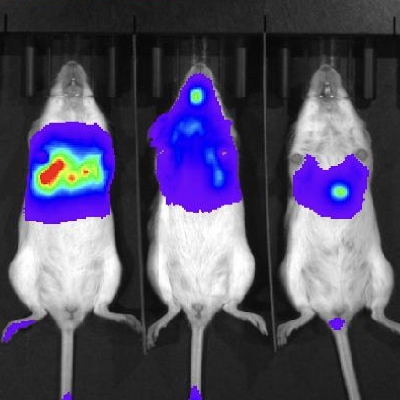PRODUCT DEVELOPMENT
We are developing cutting-edge biological deep-tissue imaging reagents
that utilize near-infrared luminescence.
Our technology enables high-sensitivity and detailed observation of deep tissues,
which was challenging with conventional methods, providing innovative imaging solutions.

TokeOni®
By combining this with the specialized enzyme Akaluc,
we have made it possible to image not only organs but also the brain.
- #Neuroimaging
- #Akaluc
- #AkaBLI
※Please be careful of pirated copies※
This product is a patented product (Pat. 5464311, US8709821B2, Pat. 6011974) and is handled by Sigma-Aldrich LLC, and Fujifilm Wako Pure Chemical Co., Ltd.
★Publications that use TokeOni
- 1. Molecular Brain 13:122 (2020)View the paper
- 2. Cell Reports 44, 115241(2025)View the paper

AkaSukeTM
AkaSuke is a highly versatile substrate that enables high-intensity luminescence when combined with Fluc.
- #Fluc
- #neutral pH
*Samples only.

